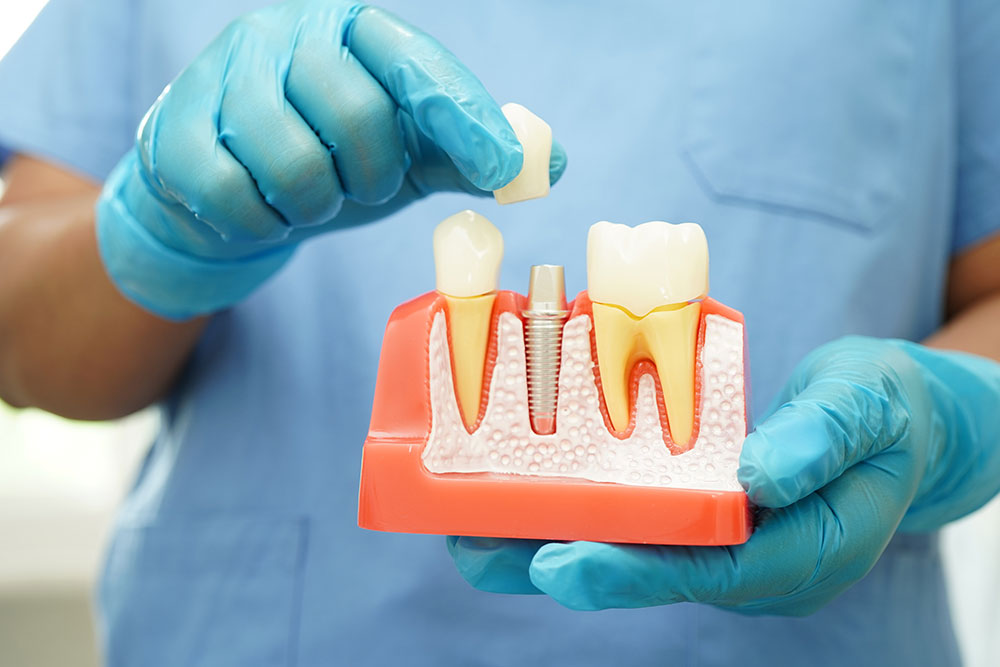Implants; It has the feature of being a screw tooth made of titanium that mimics the natural tooth root. This treatment is the process of placing an artificial tooth root made of titanium that resembles the tooth root into the jawbone. It is a painless procedure performed under local anesthesia and usually takes 15-30 minutes. If more than one screw is placed in a single session, the treatment time may be prolonged accordingly. The tooth root screw, a small post made of titanium, is then inserted into the bone socket of the missing tooth. As the jawbone heals, it grows around the implanted metal post and securely anchors it to the jaw.
The healing process can take between six and 12 weeks. This treatment method can offer a welcome alternative to ill-fitting dentures or bridges. It is also an alternative method when the lack of natural tooth roots makes denture or bridge tooth replacements unsuitable. There are two types: endosteal (in the bone) and subperiosteal (on the bone). Endosteal is the most common of these types. Screws surgically inserted into the jawbone hold one or more prosthetic teeth. A subperiosteal implant is placed on top of the jaw with metal frame posts protruding from the gum. This type is often used in patients who cannot use conventional dentures and do not have enough bone height to hold the endosteal implant. In addition, a quadruple implant system called "All on 4" implant is applied to patients who are completely toothless. In this method, all of the teeth are supported on four implants.

